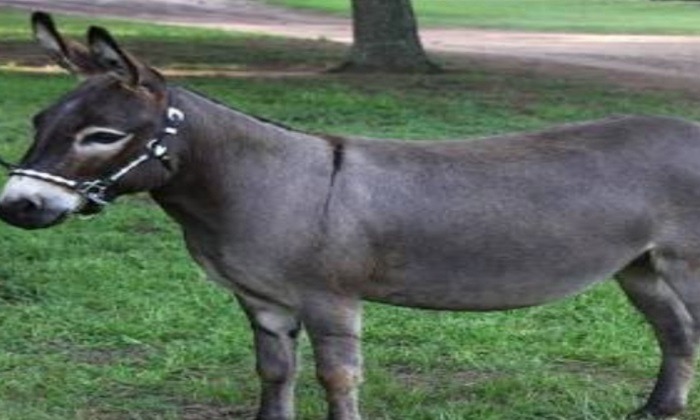Princesses’ graves in Pirwadahi Graveyard
Pak Chronicle Report
Rawalpindi
Mystery continues to revolve around the identity of a few graves in Pirwadahi Graveyard over which a large structure having several arches was built and people believe that these are the graves are of Mughal princess who had died while the royal caravan was on its way towards somewhere in Afghanistan on GT Road.
The structure also had a few inscriptions on it in Persian language which could have shed light as to whose graves these were. But unfortunately these inscriptions are no longer there due to the repair of the shrine by the management of the graveyard. The cemented structure constructed over two or more graves was about to collapse and the management of the graveyard plastered it with cement to avoid its fall.
The management also bridged the arches of the tomb with bricks and this move was aimed to prevent dogs and cats from entering into it.
According to some tales which are common in the area, a royal caravan of a Mughal king was passing near this place somewhere in early 1600 that a few women having royal blood died.
The caravan people managed their burial in this graveyard after which they restarted their journey towards their destination.
Later on while heading back to the capital city in India, these people made a stop on the same spot and they built a tomb over the graves. This tomb had several beautiful arches and it also had tombstone on it which also vanished due passage of time.
Interestingly this tomb is very different from other shrines which are situated in the same graveyard or others. The structure also has a roof and its design is also very different compared with other tombs in the area.
Almost everyday people visit this tomb to offer Fatiha for the deceased persons who are buried over here.
The secretary of Pirwadahai Graveyard, Saif-ur-Rehman told this scribe that the structure of the tomb was in bad condition and the management of the graveyard feared that it would collapse. He said to prevent its collapse the plaster of cement was applied on the structure to make it strong.
However, he isn’t sure whether there was any inscription in Persian or there was any tombstone on it.
According to him he has learnt from people of the locality that these graves are that of a royal family of the Mughal dynasty who had died while passing nearby the area.
He said during the repair of the tomb the arches were also bridged with bricks so that it could prevent entry of dogs and cats. He is of the view that the size of graves inside the tomb is a bit longer compared with other graves of the graveyard.
“The Janazagah of the graveyard is situated near this tomb and generally people after attending the funeral prayers also visit this place and they offer Fatiha. The management is also very respectful towards the tomb and it takes special measures to keep its sanctity intact,” he said. He said the management washes the tomb on a regular basis as well.
The people also place grains on the roof of the tomb for the birds. The structure has been painted green by the management.
Meanwhile according to Sajjad Azhar who is an expert on Soanian Culture and he is also an expert on the history of Rawalpindi this tomb might be that of some influential people of India.
He believes that during the period of Mughal Dynasty it was a tradition that burial of the royal family members was made in specific places and they used to carry the dead bodies to these places irrespective of the fact where they had died.
He said the art of preserving dead bodies was also available to them for this purpose.
“I don’t think these graves are that of Mughal princesses. The Mughals have been passing through the route which is known nowadays as GT Road as is evident from some historical archives but keeping in view their tradition of taking a dead body having royal connection to Lahore or Delhi forces me to believe that these graves aren’t of Mughal princes,” he stated.
According to him these graves could be that of the family of an army general of Mughal emperor or some other influential person of their era.
Irrespective of the actual identity of these women who are buried in the tomb, the people pay homage to them on a regular basis by paying a visit to it.
End



































